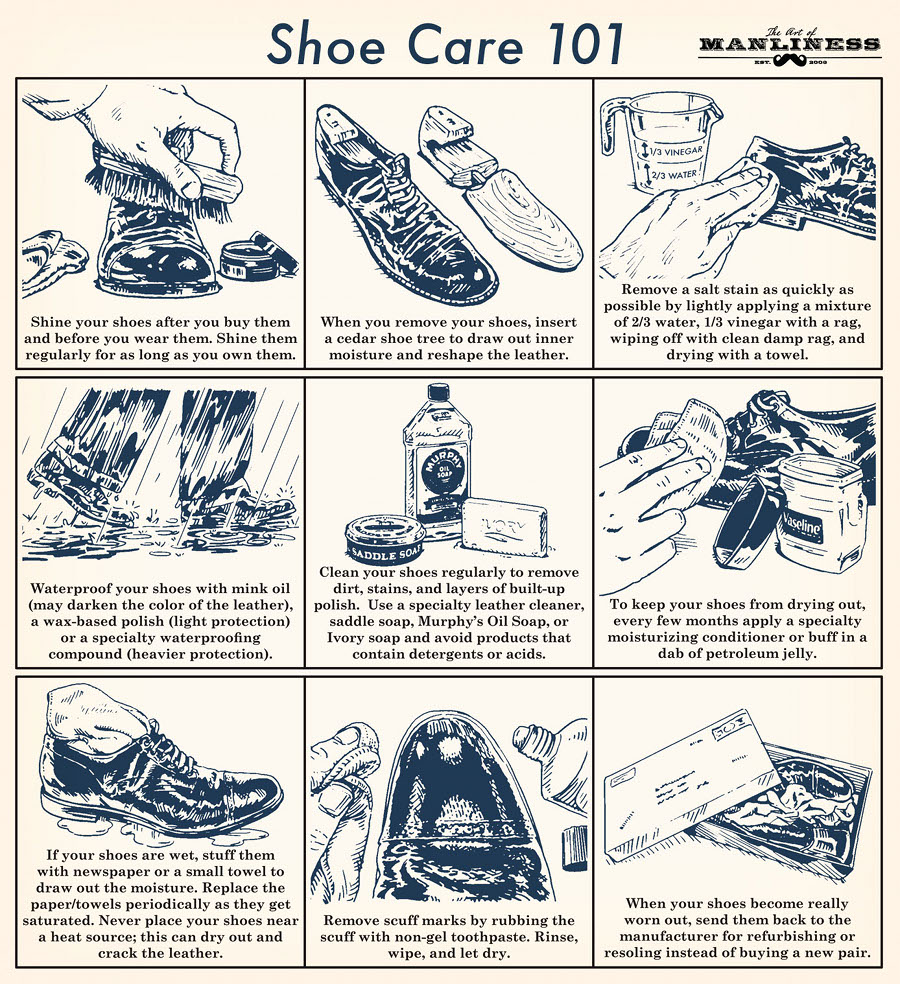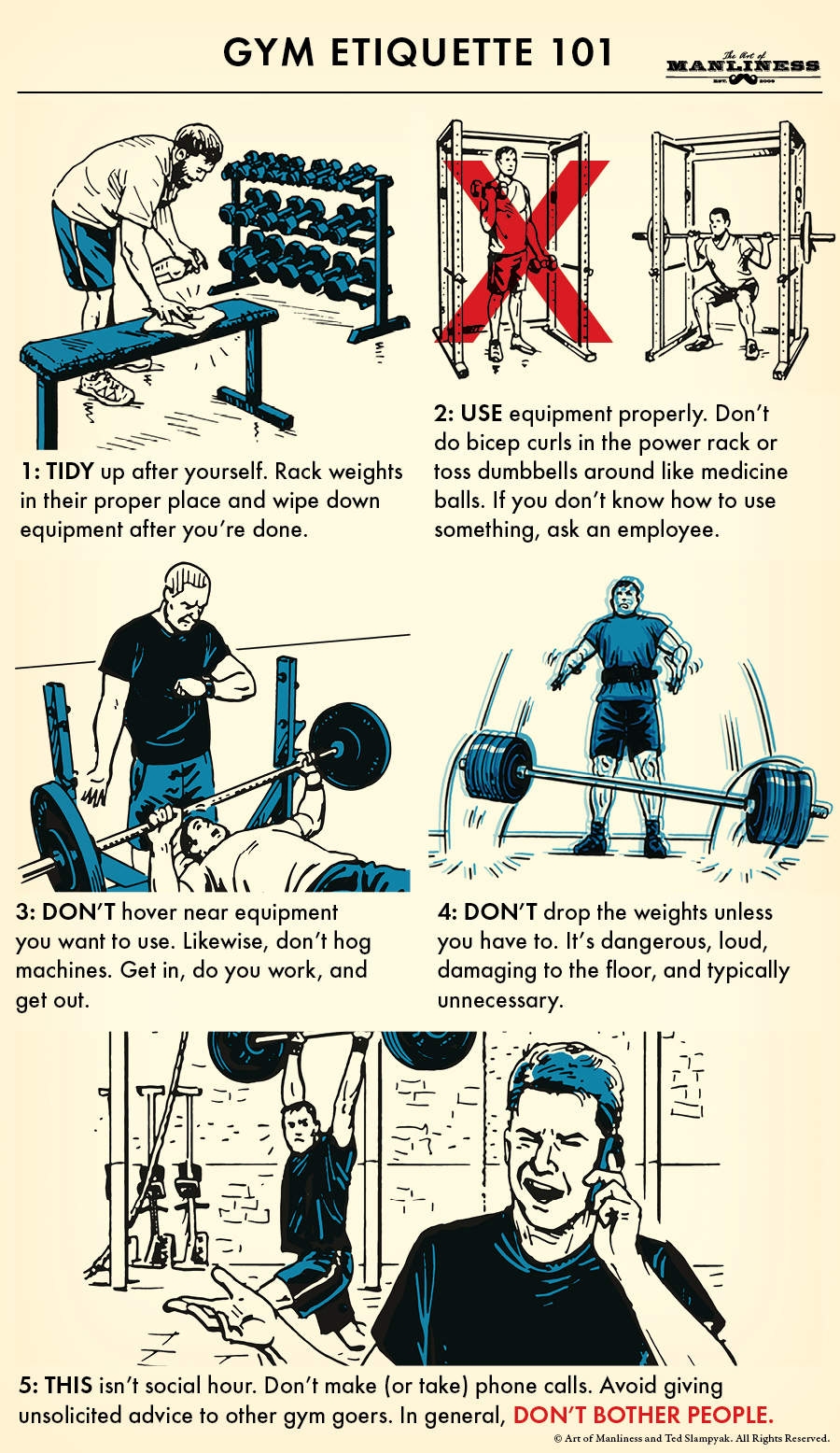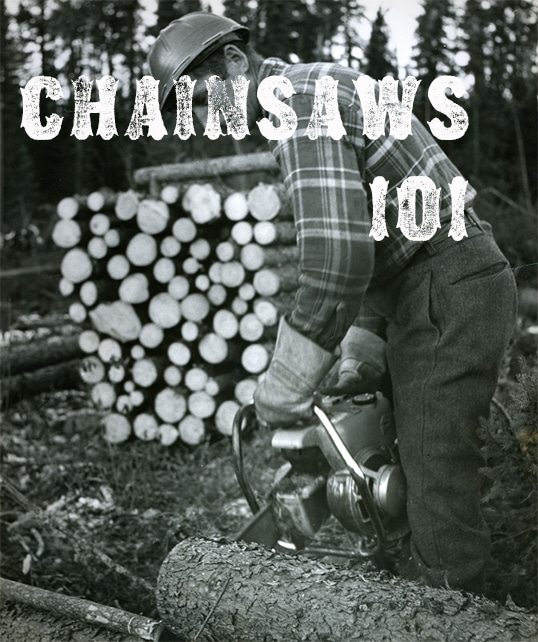
Editor’s note: This is a guest post from Uncle Buzz Surwilo.
Yesterday we discussed how to use a chainsaw safely.
With that under your belt and a brand new saw sitting in your garage, you’re probably raring to go and want to get right into felling some trees. Why put the brakes on the fun and learn about chainsaw maintenance? Borr-ring.
Well, for one, you’ll want a little familiarity with the saw before you start it the first time and, for two, good maintenance practices begin when the saw is new. This article will not make you a small engine mechanic, that isn’t the intent, and heaven knows that I’m not. But, it will keep your chainsaw happy and healthy for years to come.
There is no point is spewing out what is in the owner’s manual, or some near version of it, because of course you’ve read the manual from cover to cover — including the French and Spanish versions, too, because you are a Renaissance chainsaw operator. There will be a ton of good information in there specific to your saw, and if the manual is similar to mine, included will be postage stamp-sized diagrams of really complicated functions, visible only under a microscope. Anyway, let me add a few tips:
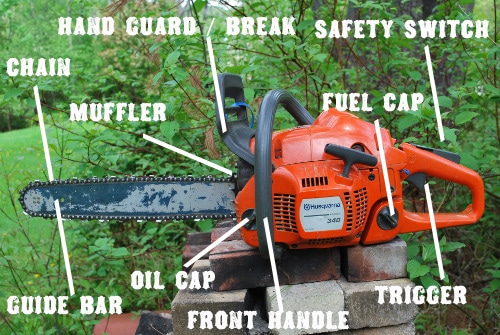
Gas and oil. Most gasoline these days contains ethanol, and ethanol is the bane of small engines. Over time, and I’m referring to weeks, the ethanol in the gas absorbs moisture from the atmosphere, and this ethanol-water mix separates and sinks. The ethanol-water mix corrodes metal and gums up small engine carburetors. If you can find all-petroleum-based gasoline, use it in the saw. There are a handful of stations in my area that sell non-ethanol gas, always premium, which is even better. If you use gas which contains ethanol, add a stabilizing additive; there are a number of brands on the market. But most important is to only use fresh gas, so buy it in small quantities, no more than you’ll use in a month if you can. I keep a fresh, unmixed 5-gallon jerrycan of gas, which I then use to fill smaller mixed gas and oil cans for the lawn mower, trimmer, and chainsaw as they all have different gas-to-oil ratios. If I haven’t used the 5 gallons up in a month, I dump the remainder in my car’s gas tank.
Buy good quality bar and chain oil and 2-cycle oil. You have just spent some serious money on a saw, which you would probably like to keep for a while, so don’t cheap out with bargain brand oil. You’ll be quick to realize that quality bar oil is more viscous, lasts longer between fillings, and gives better lubrication.
Finally, as discussed yesterday, a good habit to get into is to fill both the gas and bar oil reservoirs each time that you use the saw, even if you are only going to cut for a few minutes. This ensures that the saw will never run out of lubricating oil while it’s being used — a snafu that creates enough friction and heat to cause serious damage.
Regular upkeep. Basic maintenance should be performed each time that a saw is used, and by that I mean used for a day. Again, the saw’s manual will contain all of this information, and specific to that saw, so when in doubt, pull it out. But general daily tasks include inspecting the bar for wear, removing and cleaning the air filter (close the choke so crap doesn’t get in the carburetor), checking the muffler and spark arrester (the little screen over the muffler), doing a black/gray check (all of the safety features on a saw are either black or gray), and just a general sweep of the saw to make sure that everything is tight and right. Also, a saw bar’s chain groove should be cleaned of debris, and the bar should be flipped over, too, after a day’s use, so that it wears evenly. Once the chain is back on the saw it needs to be tightened. A properly tensioned saw will have no visible slack to the chain, and should give about an eighth of an inch when you stretch it between thumb and forefinger, then snap back with a satisfying thwack.
There are weekly and monthly maintenance tasks, too, but we can get bogged down on the subject, and there are plenty of references that a saw owner can turn to, including what…his owner’s manual!
How to Sharpen a Chainsaw
I did want to explain saw chain sharpening, because my sense is that the casual saw user finds this daunting, and at the same time, underestimates its importance. I know people who will just stop using a dull saw, or will go out and buy a new chain every time the old one becomes dull. That’s $20 wasted! A sharp saw is a pleasure to use; much more effectual, safer, and less tiring. Consider trying to carve a roast beef with a butter knife, then picking up a carving knife to do the job. Ahh, what was I thinking?
A saw chain has cutters and rakers. The cutter is the part that cuts – duh! – then severs the wood fibers, and has to be sharp to be effective. The raker controls the depth of the cut, and must be filed down as the cutters wear over time.

Here are two file guides that are simple and cheap. The first is a file holder that rests on top of the cutters so that the round file itself is positioned on the cutter correctly (pictured above). What you, Mr. Filer, need to do is hold the file guide slightly downward (usually 10o, but check the manual or saw chain package) and at the proper angle marked on the file guide and on the cutter itself (usually 25 o or 30o, but, again, check the manual or saw chain package). File from the inside of each cutter to the outside, and file in one direction only, away from you. Each cutter should get 5-10 strokes of the file (for whatever reason, I always count eight) then be checked for sharpness.
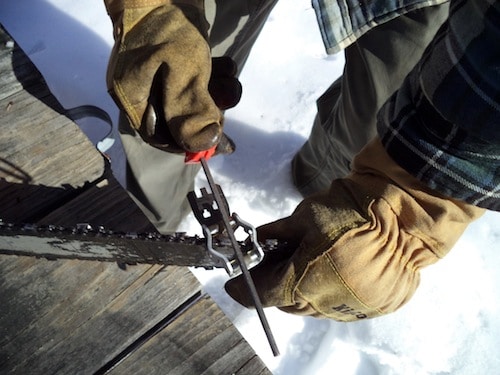
The second file jig or roller guide sits on the links of the chain, which hold it at the correct position and angle. The round file is passed over the plastic roller and sharpens the cutter. Sharpen all the cutters on one side of the chain, spinning the chain as you go, then sharpen the other side’s cutters. Some people squat over the saw on the ground; some people clamp the saw in a vice in the workshop; I find that the tailgate of my truck is a comfortable height. Sharpening may seem complicated, or as intricate as mastering the French horn, and that it would take hours, but a credible sharpening job can be done in 10 or 15 minutes. Just remember to check the size of file needed, and the filing angles, for your particular saw chain.
The height of the rakers needs to be slightly less than that of the cutters, and that difference is critical. Too little and the cutters will just ride over the wood without cutting, too much and the saw will become jumpy and erratic. Every three or so cutter sharpenings, the depth of the rakers should be checked with a depth gauge, and filed and rounded off as needed.
____________________________________
Buzz Surwilo has been cutting his own firewood for years, is a Wildland Firefighter Type 2 (FFT2), recently completed training for Sawyer B certification, and still has all his body parts intact.
Photographs by Deborah Johnson-Surwilo



